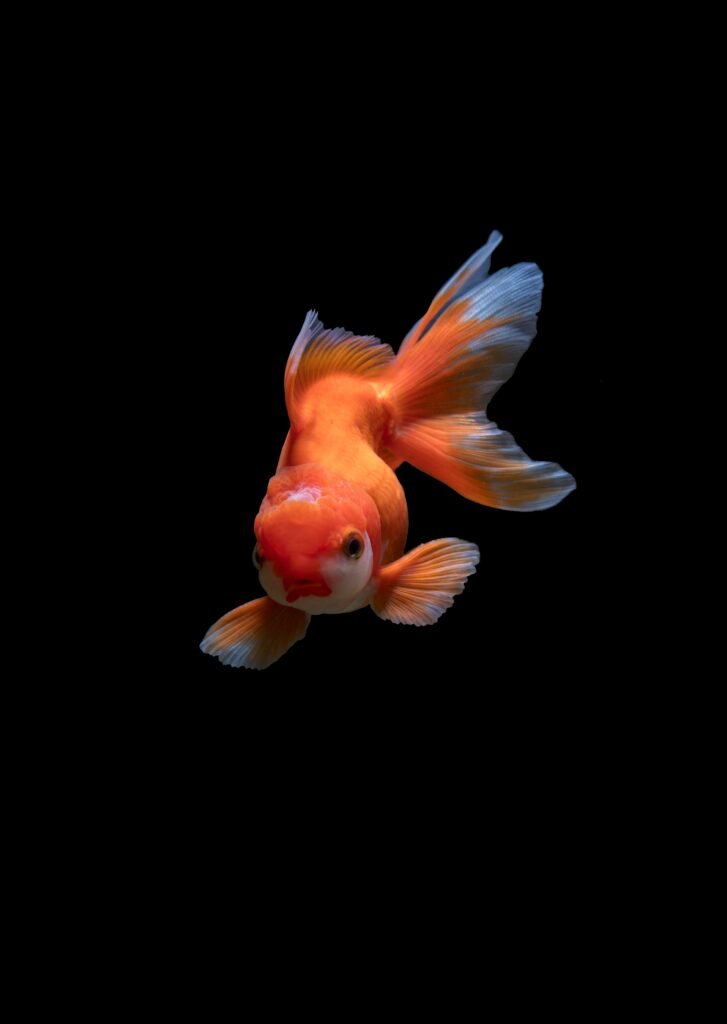
Essential Supplies and Equipment for Koi Fish Care
Providing the right environment for koi fish requires specific supplies and equipment to ensure their health and well-being. One of the most crucial components is the pond or tank setup. Koi fish thrive in spacious environments; therefore, a pond should ideally be at least 1,000 gallons and have a depth of at least three feet. Tanks can also be used, but they must be adequately sized to accommodate the growth of koi, which can reach up to 30 inches in length.
Filtration systems are essential for maintaining optimal water quality. A robust filtration system helps remove waste and toxins, promoting a healthy aquatic environment. Consider using a combination of mechanical, biological, and UV filtration to achieve the best water clarity and quality. Additionally, installing a pump that circulates the water is vital, as it contributes to aeration and prevents stagnation.
To monitor water conditions effectively, a water test kit is necessary. These kits allow you to check parameters such as pH, ammonia, nitrite, and nitrate levels, which are vital for koi health. Regular testing helps prevent harmful conditions, ensuring your koi fish thrive in a stable environment. Moreover, aeration devices, like air pumps and airstones, should be employed to keep the oxygen levels adequate, especially during warmer months.
When selecting substrate for your pond, choose options that provide comfort for your koi while preventing excessive debris buildup. Smooth stones or gravel can work well, as they help in making the environment natural and aesthetically pleasing. Lastly, proper feeding tools, such as a fish feeder or specialized scoops, facilitate the distribution of food. Adopting high-quality, koi-specific food varieties will help ensure that your koi receive the essential nutrients for growth and vitality. By investing in these key supplies, you will create an environment conducive to the health and happiness of your koi fish.
General Upkeep and Health Tips for Happy Koi
Maintaining the health and happiness of koi fish requires a dedicated approach to their general upkeep. Regular water changes are crucial to ensuring a safe and clean environment. It is recommended to change approximately 10-20% of the pond water on a weekly basis, as this will help to remove toxins and maintain a stable pH level. Monitoring water quality through testing kits is essential for detecting any fluctuations in ammonia, nitrites, and nitrates that can adversely affect the fish’s health.
Seasonal care also plays a significant role in koi fish maintenance. During the warmer months, higher temperatures can lead to increased activity among koi, but they can also introduce stress. It is essential to provide adequate shade to prevent overheating, as well as to ensure that oxygen levels in the water remain high. In winter, koi enter a state of dormancy, and it is essential to keep the pond aerated and to monitor the ice cover to prevent suffocation. Aeration can be achieved through the use of de-icers or air pumps.
Common health issues that koi may encounter include parasites, bacterial infections, and skin disorders. Observing your fish regularly will allow you to recognize early signs of illness, such as unusual swimming patterns, lack of appetite, or visible lesions. It is vital to address any concerns promptly to prevent further complications. Creating a stress-free environment can greatly enhance the health of koi. Factors such as adequate space, companionship, and routine feeding schedules contribute to their overall well-being. A balanced diet rich in vitamins and nutrients is essential; consider incorporating high-quality koi pellets and fresh vegetables into their meals.
Ultimately, the key to maintaining happy and healthy koi lies in attentive observation and proactive care. Regularly assessing their environment and dietary needs will ensure a thriving habitat for these beautiful fish.